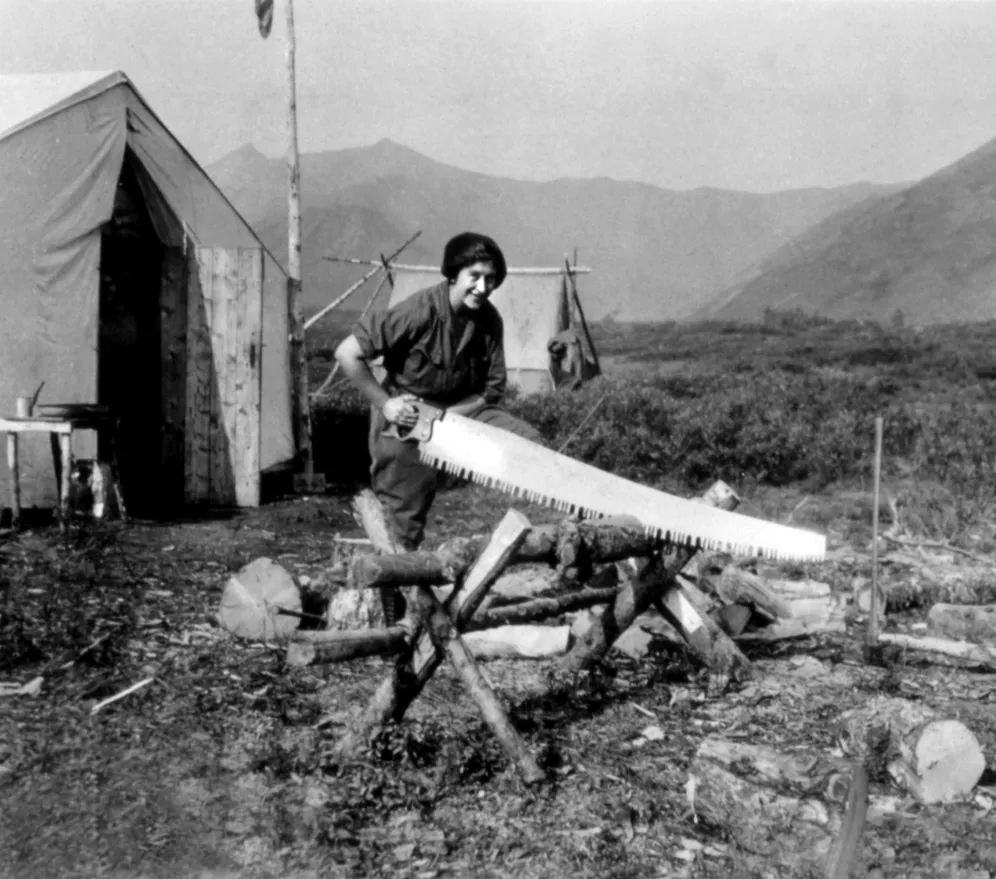By Monica Macoubrie, Wildlife Education Specialist
Aldo Leopold, John Muir and Teddy Roosevelt are names you might know. These men are considered the forefathers of conservation in American, and although what they accomplished has been important, the contributions of women in conservation often have been overlooked. To celebrate International Women’s Day, let’s peek into the past and see how women have shaped the wild places of North America.
Rachel Carson
Rachel Carson grew up in the rural river town of Springdale, Pennsylvania, where her mother supported her love of nature and the living world. She began her career working for the U.S. Bureau of Fisheries to write radio transcripts during the Great Depression. She also supplemented her income by contributing articles on natural history to the Baltimore Sun. Carson eventually went on to become the editor-in-chief of all publications for the U.S. Fish & Wildlife Service, and her most well-known achievement was her book Silent Spring.
Silent Spring challenged the use of synthetic chemical pesticides after WWII, the most famous being dichlorodiphenyltrichloroethane, or DDT. DDT was initially used as an insecticide in agriculture, and if it had not been for Carson’s book, the continued use of this chemical could have led to the extinction of the bald eagle, among other animals. In 1972, the United States officially banned the use of DDT. However, several countries still use this chemical to control mosquitoes that spread malaria.
Silent Spring also caused a national movement that led to the creation of the U.S. Environmental Protection Agency, also known as the EPA, which is the agency responsible for making sure Americans have clean air, water and land.
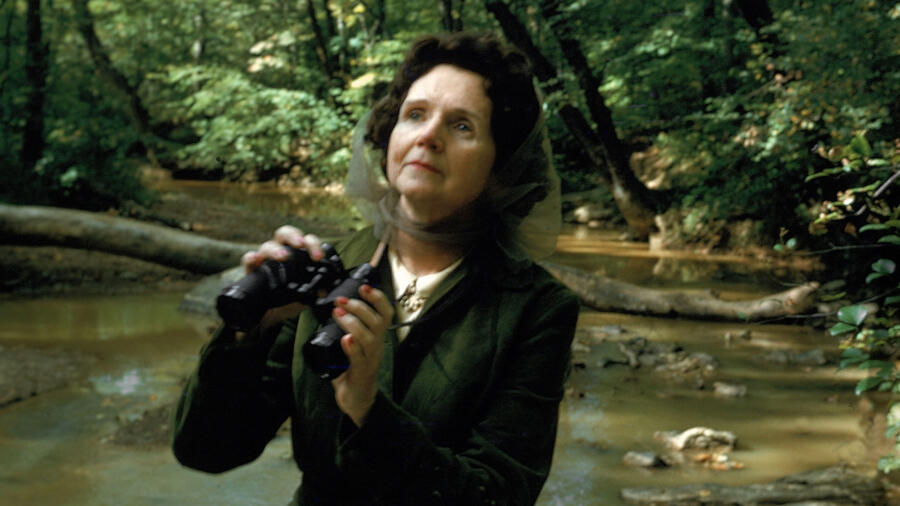
Mollie H. Beattie
Mollie H. Beattie was born in Glen Cove, New York, where she obtained a bachelor’s degree in philosophy and later a master’s in forestry. After receiving two master’s degrees, she went on to become the commissioner of Vermont’s Forests and Parks and Recreation in 1985. In 1993, President Bill Clinton appointed Beattie as the first female director of the U.S. Fish & Wildlife Agency. During her time at the agency, she implemented over 100 conservation plans and was a part of creating 15 wildlife refuges.
One of Beattie’s greatest achievements was her involvement in the successful reintroduction of the gray wolf to the Northern Rocky Mountains. She physically carried the first wolf back into Yellowstone on Jan. 12, 1991. Beattie also had a strong political background where she argued that the Endangered Species Act needed to be strengthened. You can now honor Beattie by visiting the Mollie Beattie Wilderness, which is an 8-million-acre wildlife refuge in Alaska.

Anne LaBastille
Anne LaBastille was a fierce conservationist. Most days, you would have found her perched on a canoe and floating in the middle of a lake with a typewriter balanced on her knees. LaBastille was a homegrown woodswoman, a self-taught writer and an environmental steward. She lived alone in a 12×12-foot cabin in the middle of the Adirondack Mountains, which she built with her two hands alone! During her lifetime, she wrote over 150 magazine articles, two dozen scientific papers and 16 books. LaBastille’s Woodswoman books are still a popular series today.
After her divorce, LaBastille earned her doctorate in wildlife ecology from Cornell University. She then went on to become the first female National Audubon Society tour guide, where she broke traditional dress codes for women by famously saying, “skirts got in the way.” She also became one of the only female licensed New York State guides. There, she guided backpackers and canoers in the nearly 6-million-acre Adirondack Park. LaBastille continued to live in her cabin until she was 75 year old, but her legacy of stewardship to the lands, waters and wildlife will live on forever.
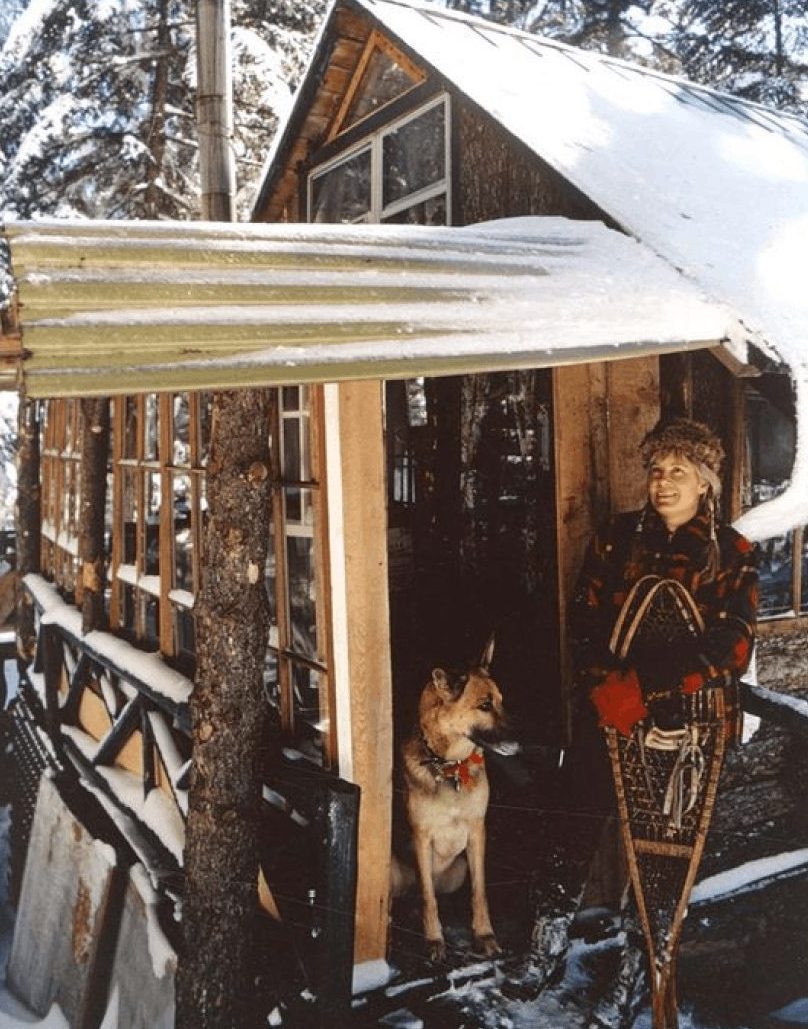
Margaret “Mardy” Murie
Margaret Murie, aka “Mardy,” was born in Seattle, Washington. She was a conservationist, naturalist and writer, who respectfully earned the title as the “grandmother of the conservation movement.” When Murie was young, her family moved from Seattle to Fairbanks, Alaska, where she became the first woman to graduate from the now-known University of Alaska, earning a degree in business administration. The same year, Murie married her husband, Olaus, who for their honeymoon took her on an eight-month, 550-mile expedition to study caribou in Alaska.
Murie campaigned for and promoted wilderness conservation. In 1975, she was appointed to a task force to identify lands in Alaska that needed protection. She also worked on the Alaska National Interest Lands Conservation Act, which was signed into law in 1980 and ensured the protection of 100 million acres of unspoiled land in Alaska. Murie will be remembered as the first woman to take a leading role in America’s conservation movement. In 1998, she was awarded the Presidential Medal of Freedom by President Bill Clinton.

Herma Albertson Baggley
Herma Albertson Baggley was born in Iowa in 1896. She obtained a bachelor’s degree from the University of Idaho and was a schoolteacher for a few years before returning to school to earn her master’s in botany, a time when her passion of the natural world soared. People close to Baggley have said she found her dreams in the meadows of Yellowstone National Park.
Baggley is best known for her role as the first permanent female park naturalist in Wyoming. In 1931, she became the first woman to be appointed as a full-time ranger and naturalist — she had more knowledge than most of her male counterparts. It is no wonder that Baggley’s tours and talks were taken by hundreds of visitors every day.
In 1936, Baggley co-authored the first book on plants and wildflowers in Yellowstone called Plants of Yellowstone National Park. Due to an injury in 1933, she took an office position for the National Park Service. Not long after taking this office job, Baggley was attributed to discovering the rubber boa snake. Though seemingly modest at the time, her career path and passion inspired a way for young girls and women to pursue degrees in the sciences.
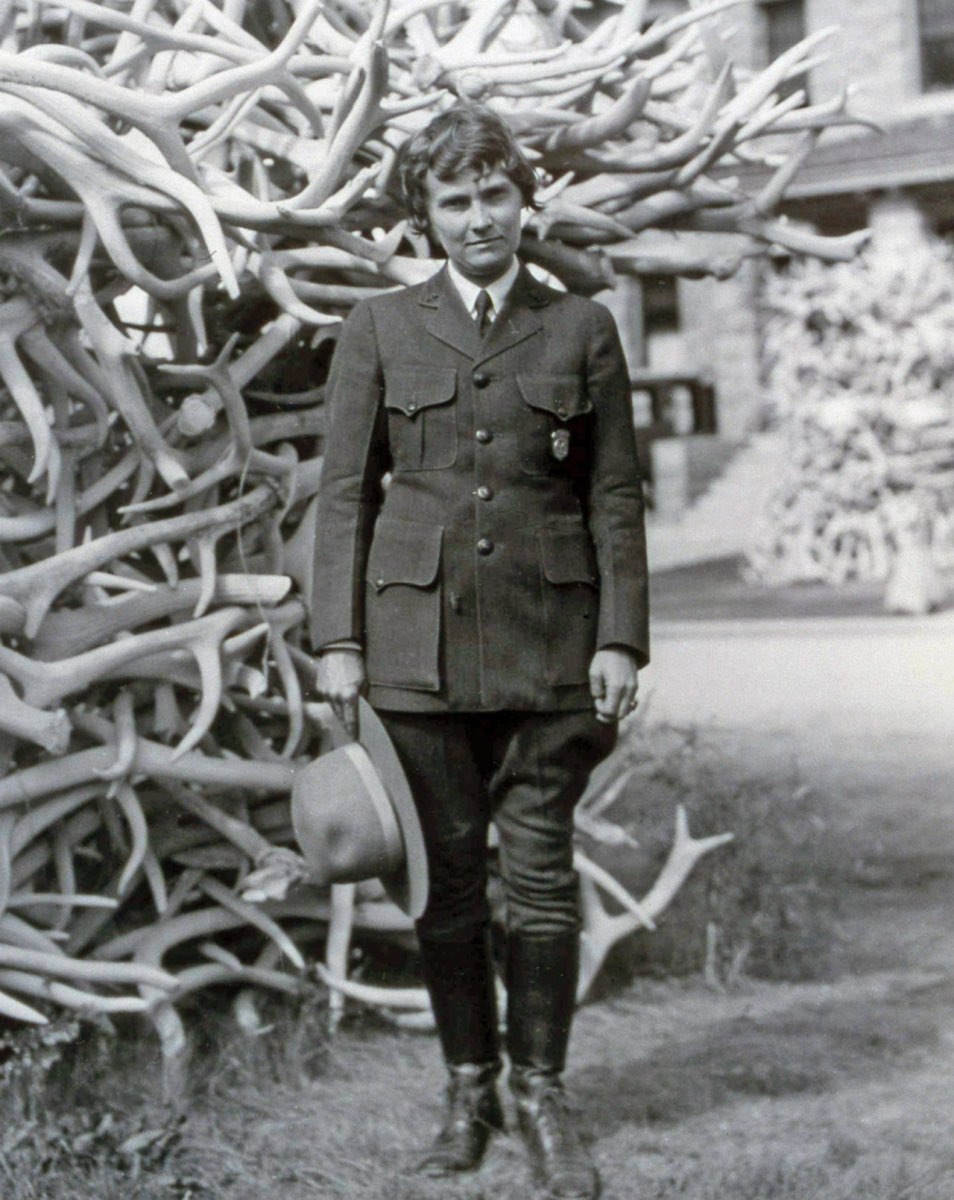
In the past, women in conservation had to work in the shadows of better-known male conservationists. But now, it is clear that these men didn’t do it alone. The women mentioned, and many others, also made big impacts in shaping the conservation movement of the 20th century.
Women in Conservation at the Nebraska Game and Parks Commission

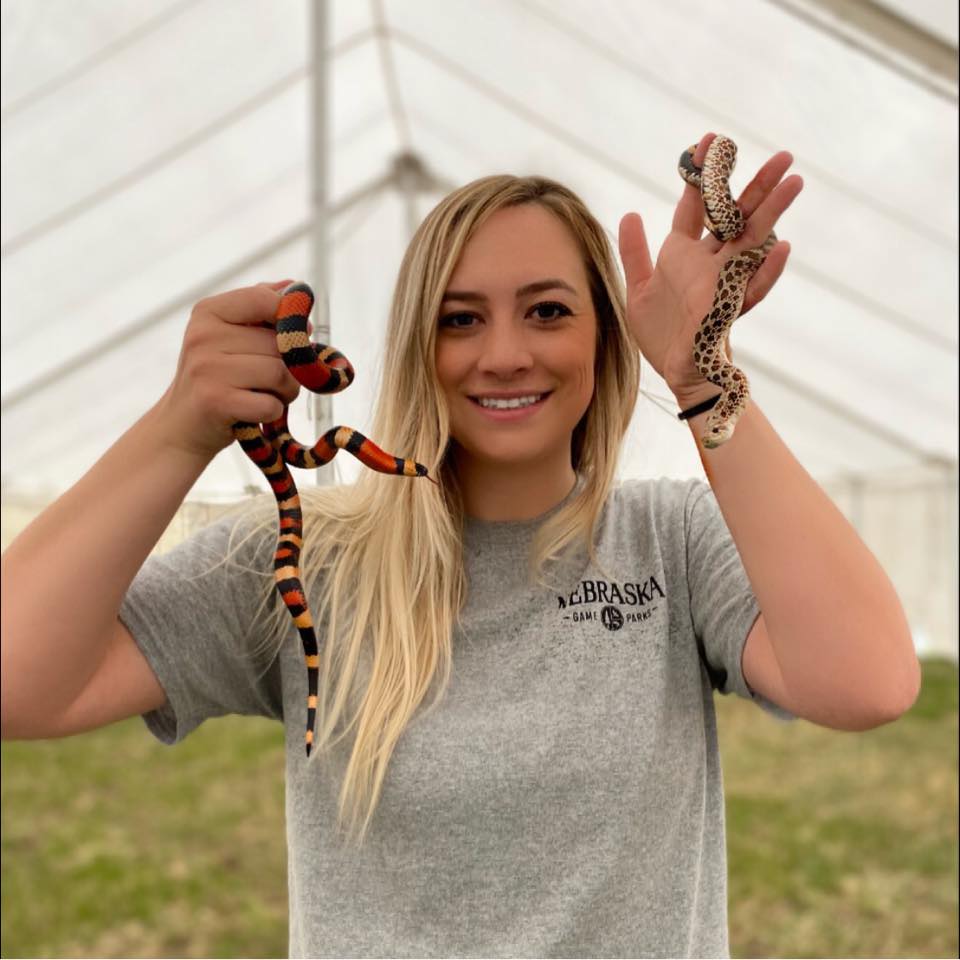

The post The Women Who Shaped Conservation appeared first on Nebraskaland Magazine.


